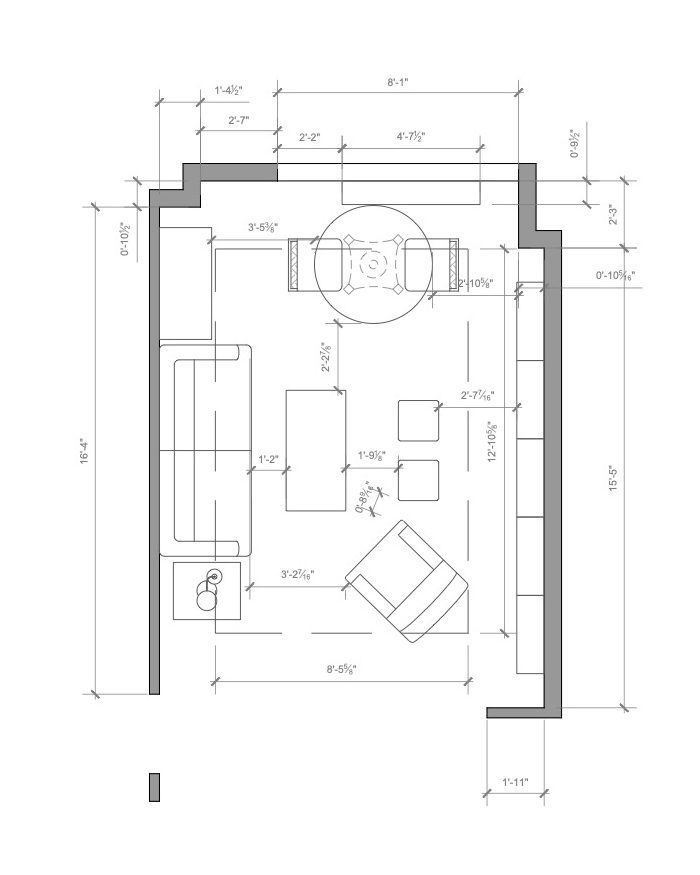What is the Rosetta Stone?
What is the Rosetta Stone? The Rosetta Stone is a granodiorite stele discovered in 1799 by French soldiers in the Egyptian village of Rosetta.

The Rosetta Stone is a granodiorite stele discovered in 1799 by French soldiers in the Egyptian village of Rosetta.
The stone is approximately 114 cm high, 72 cm wide and 28 cm thick, and it weighs about 760 kg. The stone is inscribed with text in three scripts: hieroglyphic, demotic and Greek, and it is considered one of the most important discoveries in the field of Egyptology.
The text on the stone is a decree issued in 196 BC by a group of Egyptian priests in honor of the King Ptolemy V. The text is essentially the same in all three scripts, but the hieroglyphic script is the most significant, as it was the script of the ancient Egyptian priests and had been undeciphered for over a thousand years. The discovery of the Rosetta Stone provided the key to unlocking the secrets of hieroglyphs and understanding the ancient Egyptian civilization.
The stone was soon acquired by the British and became known as the "Rosetta Stone". The British, French, and German scholars began to study the inscriptions on the stone, but it was the French scholar, Jean-Francois Champollion, who made the breakthrough in the decipherment of hieroglyphs. Using the Greek text as a guide, Champollion was able to identify the names of the pharaohs and other important figures in the hieroglyphic text.
The decipherment of the hieroglyphs on the Rosetta Stone was a major achievement in the field of Egyptology.

















